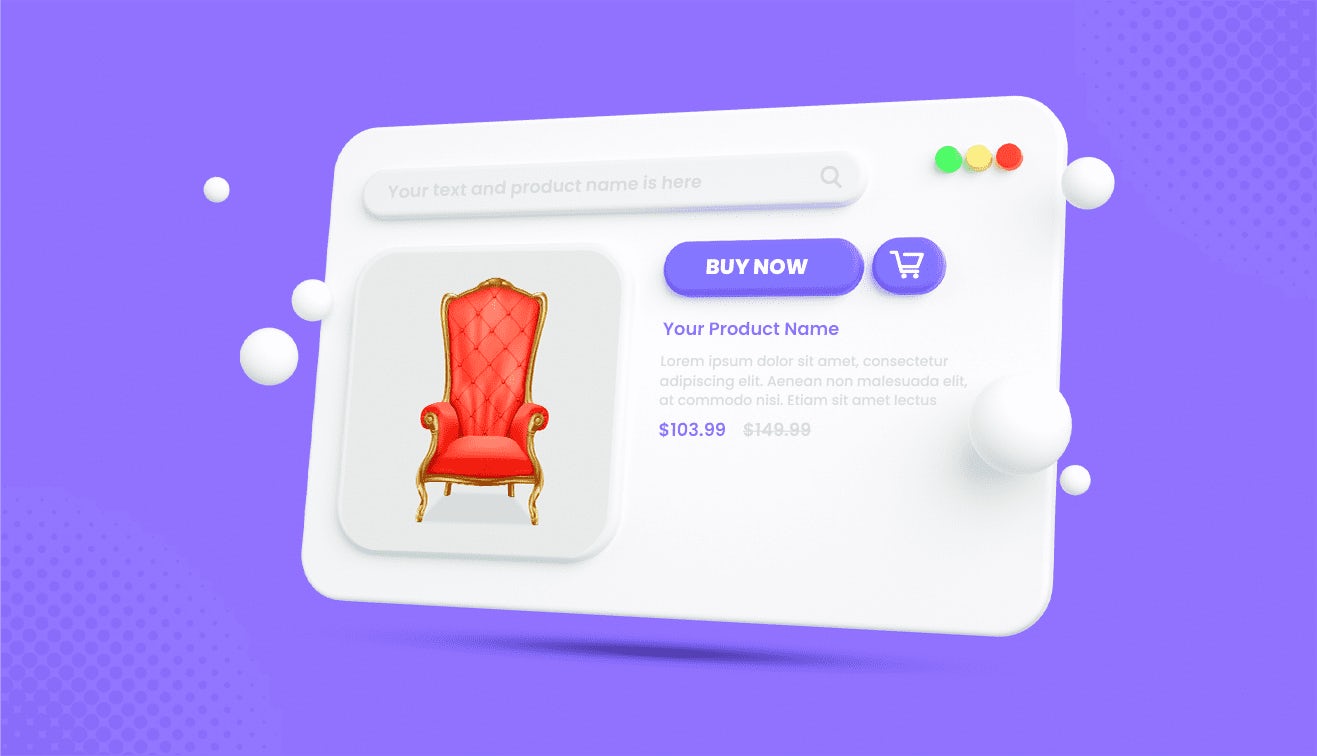Headless architecture has emerged as a game-changer in eCommerce, offering businesses greater flexibility, scalability, and customization options. By separating an application's front end (user interface) and back end (application logic), headless architecture enables developers to build more versatile and adaptable applications.
Artificial intelligence (AI) has also been a revolutionary technology, transforming various industries, including eCommerce. AI-powered systems can analyze and interpret data, learn from patterns and behaviors, and make intelligent decisions.
When AI is integrated with headless architecture, it takes the user experience to new heights by providing personalized search results, recommendations, and customer experiences while allowing agility to remain competitive through integrating new technologies.
With the ability to design your front-end for your sales channels, headless content management architecture allows for a more personalized and efficient customer experience, making it one of the many benefits of headless commerce over traditional eCommerce platforms.
We will explore the intersection of AI and headless architecture and how AI enhances headless systems.
Understanding AI's Role in Enhancing Headless Architecture
Artificial intelligence (AI) enhances headless commerce architecture by enabling more intelligent and personalized user experiences. By utilizing a headless commerce approach, businesses gain the agility to quickly and frequently update the front end of their web store, keeping up with their customers' changing needs without impacting their back-end operational systems.
AI can drive personalized search results, recommendations, and customer experiences when integrated with headless commerce architecture. By harnessing the power of AI, businesses can deliver more relevant and tailored content to their users, including those using IoT devices, leading to increased engagement, conversions, and customer satisfaction.
AI also helps businesses automate processes, optimize operations, and gain valuable insights from data, making headless commerce architecture even more powerful and efficient on different platforms. Composable commerce, a framework that combines headless architecture with AI capabilities, is becoming increasingly popular in the retail industry. It allows for even more personalized and seamless customer experiences.
Understanding AI's role in enhancing headless commerce architecture is crucial for businesses looking to stay ahead in the ever-evolving world of e-commerce. The flexibility and customization offered by headless commerce solutions, combined with AI's intelligence and automation, make it a highly beneficial option for businesses of all sizes and industries.
With the rise of headless platforms, businesses can quickly implement AI-powered solutions and take their e-commerce strategies to the next level.
How AI Transforms the Headless eCommerce Experience?
AI is transforming the headless eCommerce experience by revolutionizing search capabilities, enabling personalized user experiences, and optimizing overall performance. Here are some key ways in which AI transforms the headless eCommerce experience:
- AI-powered search: By leveraging AI algorithms, headless eCommerce platforms can provide users with more accurate and relevant search results, improving their overall shopping experience. AI-powered search algorithms can understand user intent, consider user preferences and behavior, and deliver highly personalized search results.
- Personalized user experiences: AI enables headless eCommerce platforms to deliver personalized user experiences by analyzing user data, preferences, and behavior. This allows businesses to provide tailored product recommendations, customized offers, and targeted marketing campaigns, increasing customer engagement and conversions.
- Optimization of performance: AI can optimize the performance of headless eCommerce platforms by automating processes, predicting customer behavior, and optimizing product recommendations. AI algorithms can analyze large datasets, identify patterns, and make intelligent decisions to improve overall performance and efficiency.
By leveraging the power of AI, headless eCommerce platforms can deliver a more personalized and engaging user experience, leading to increased customer satisfaction and loyalty.
Core Components of AI-Enabled Headless Architecture
AI-enabled headless architecture has several core components that deliver a seamless and personalized user experience. These core components include:
- Decoupling frontend and backend: AI-enabled headless architecture separates the presentation layer (frontend) from the business logic and data management layer (backend). This decoupling allows for each component's independent development, scaling, and optimization, resulting in greater flexibility and agility.
- Agile development: Decoupling the front end and back end enables agile development practices, allowing for faster iteration, testing, and deployment of new features and updates.
- Leveraging AI for personalized user experiences: AI algorithms are integrated into headless architecture to analyze user data, preferences, and behavior. This enables businesses to deliver customized search results, recommendations, and user experiences, enhancing customer satisfaction and engagement.
By incorporating these core components, AI-enabled headless architecture gives businesses the flexibility, scalability, and personalization required to succeed in digital commerce.
Leveraging AI for Personalized User Experiences
Leveraging artificial intelligence (AI) is a key component of AI-enabled headless architecture, enhancing personalized user experiences and overall customer satisfaction. By integrating AI algorithms into the headless architecture, businesses can analyze user data, preferences, and behavior to deliver highly personalized and tailored experiences. AI-powered features such as personalized search, recommendations, and user interfaces enable businesses to provide individualized content and offerings to each user. This level of personalization enhances the user experience, increases engagement, and drives conversions.
AI can automate and optimize various aspects of the customer experience, such as chatbots for customer support, sentiment analysis to improve customer sentiment, and predictive analytics to anticipate customer needs and preferences. By leveraging AI, businesses can deliver personalized user experiences that meet each customer's unique preferences and requirements, ultimately driving customer satisfaction and loyalty.
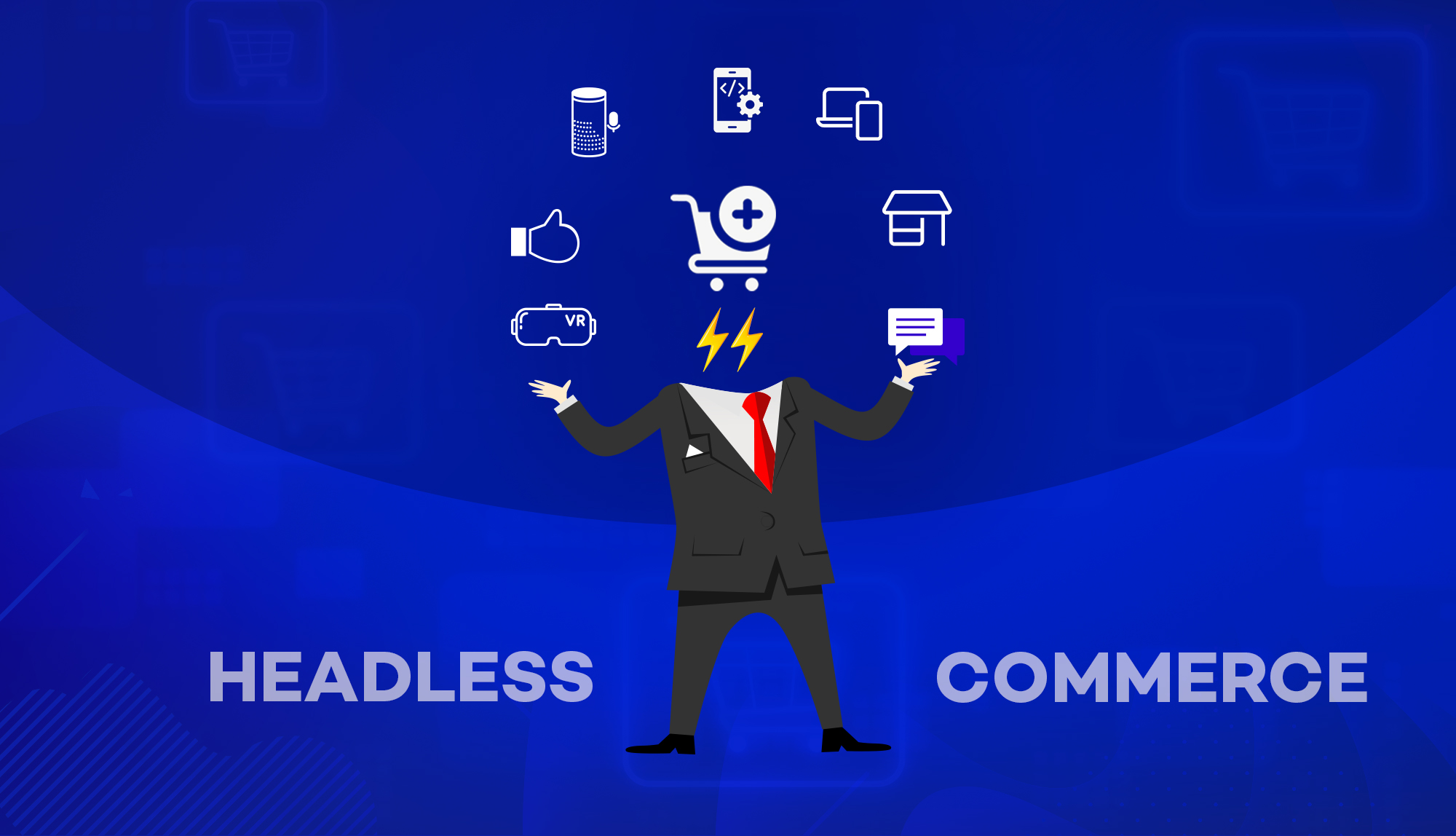
































































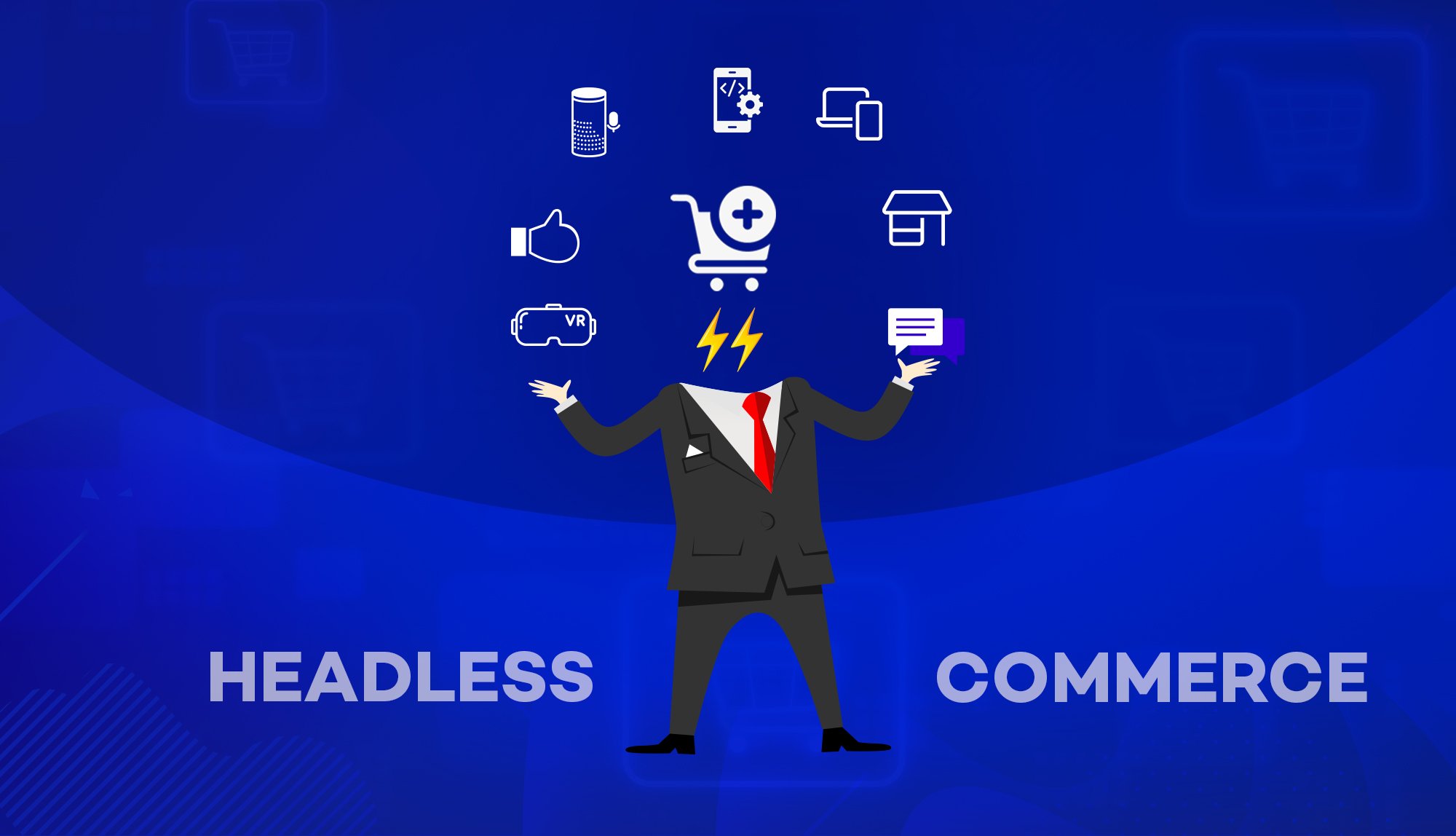
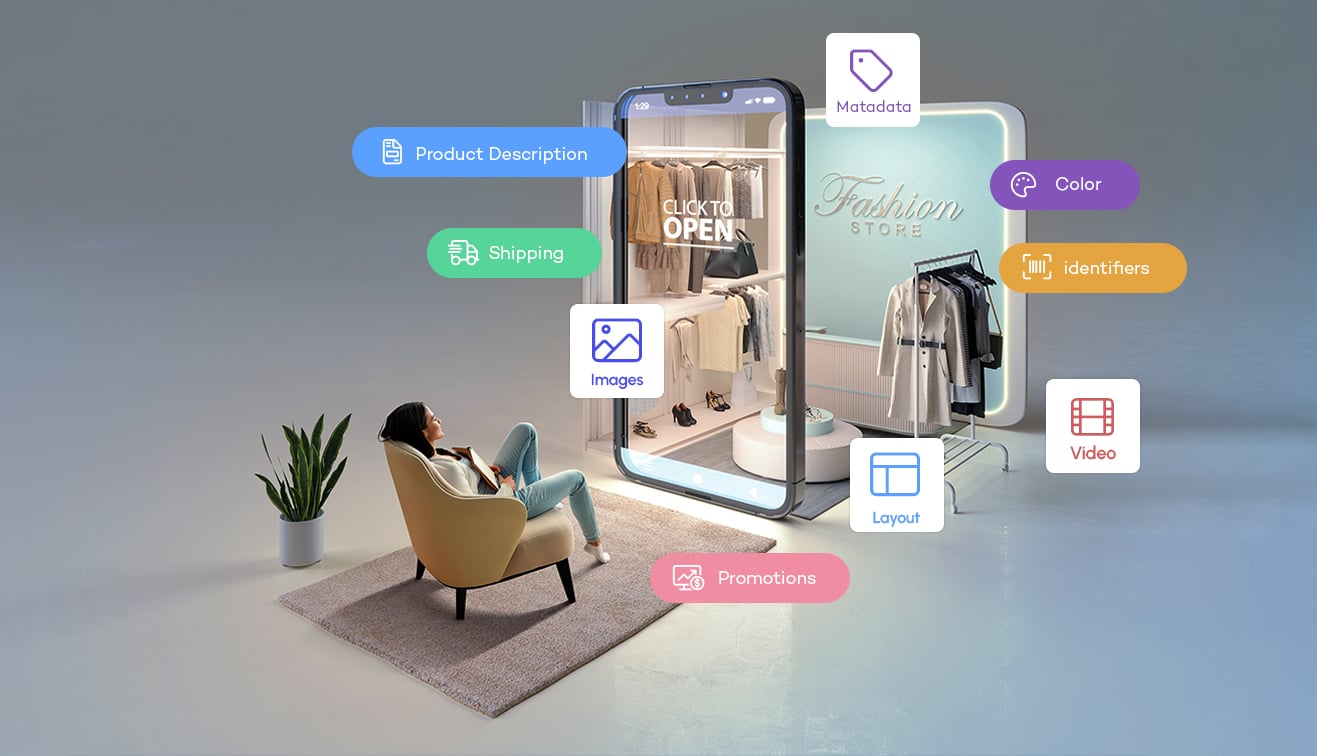



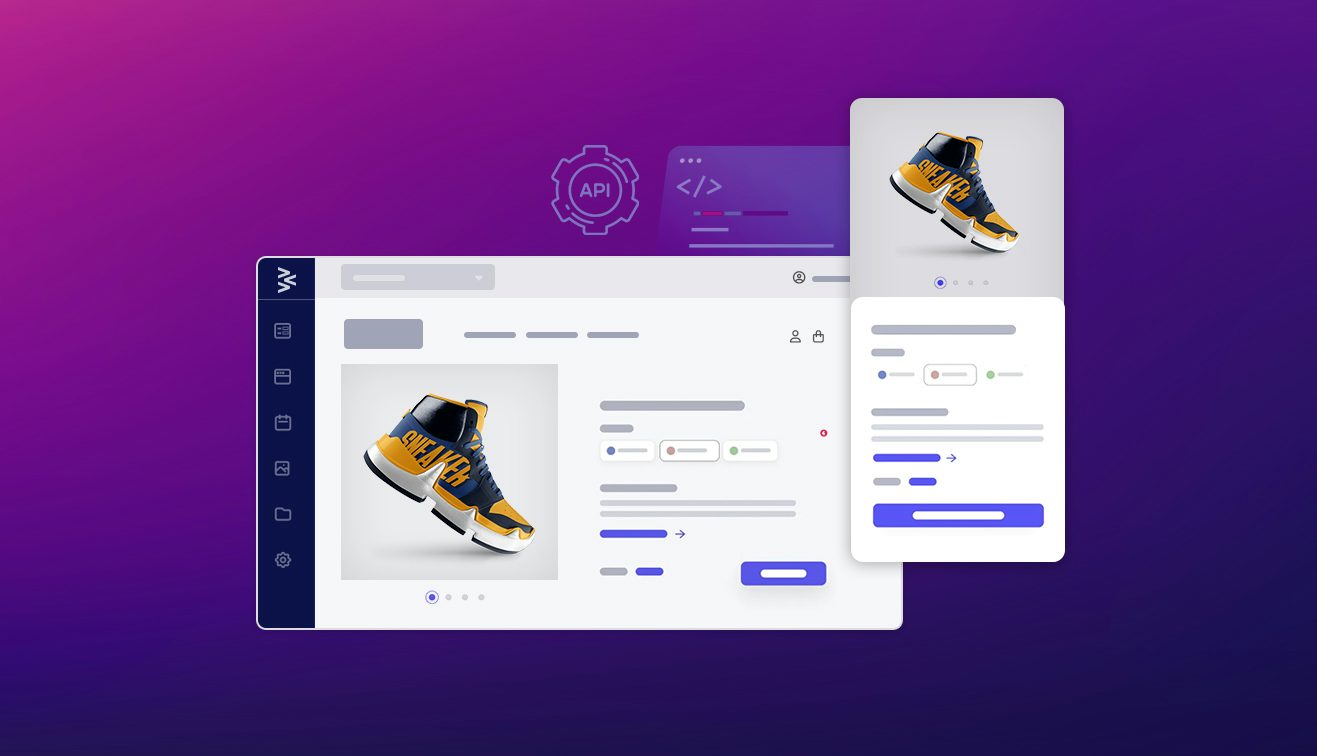

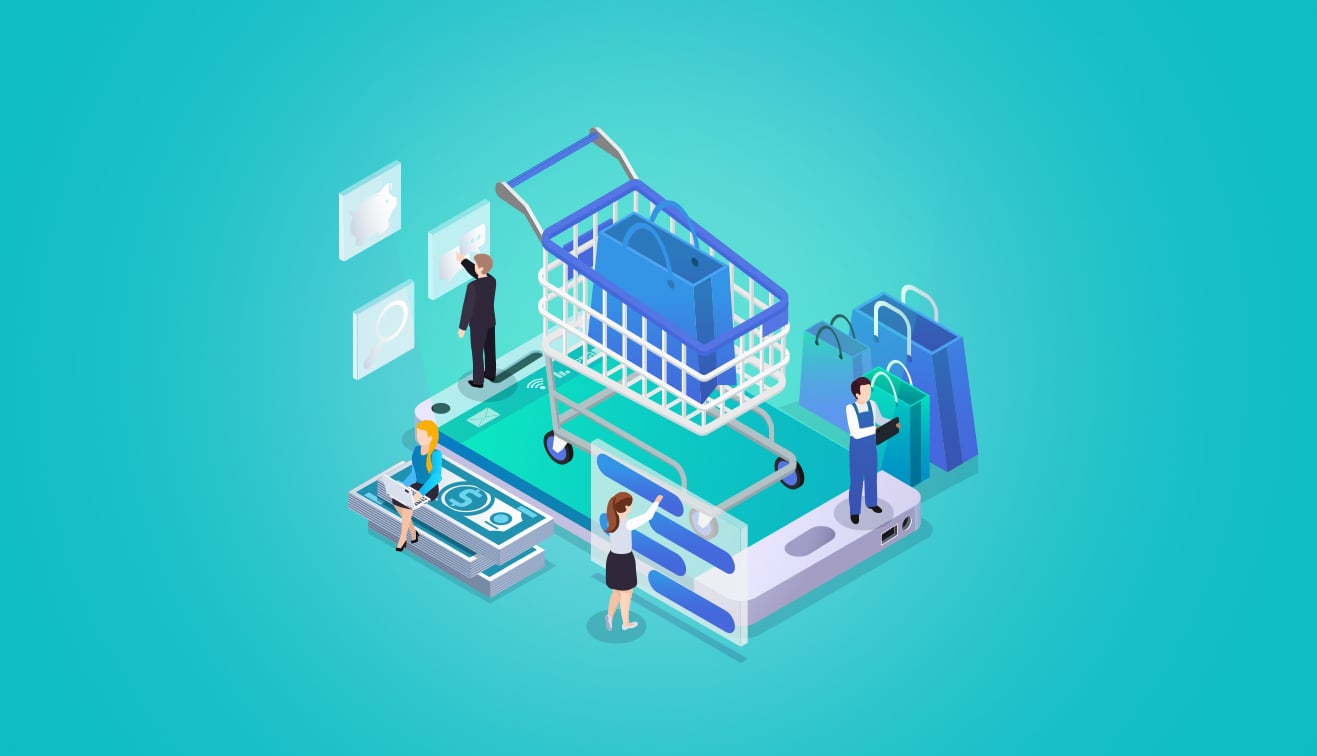

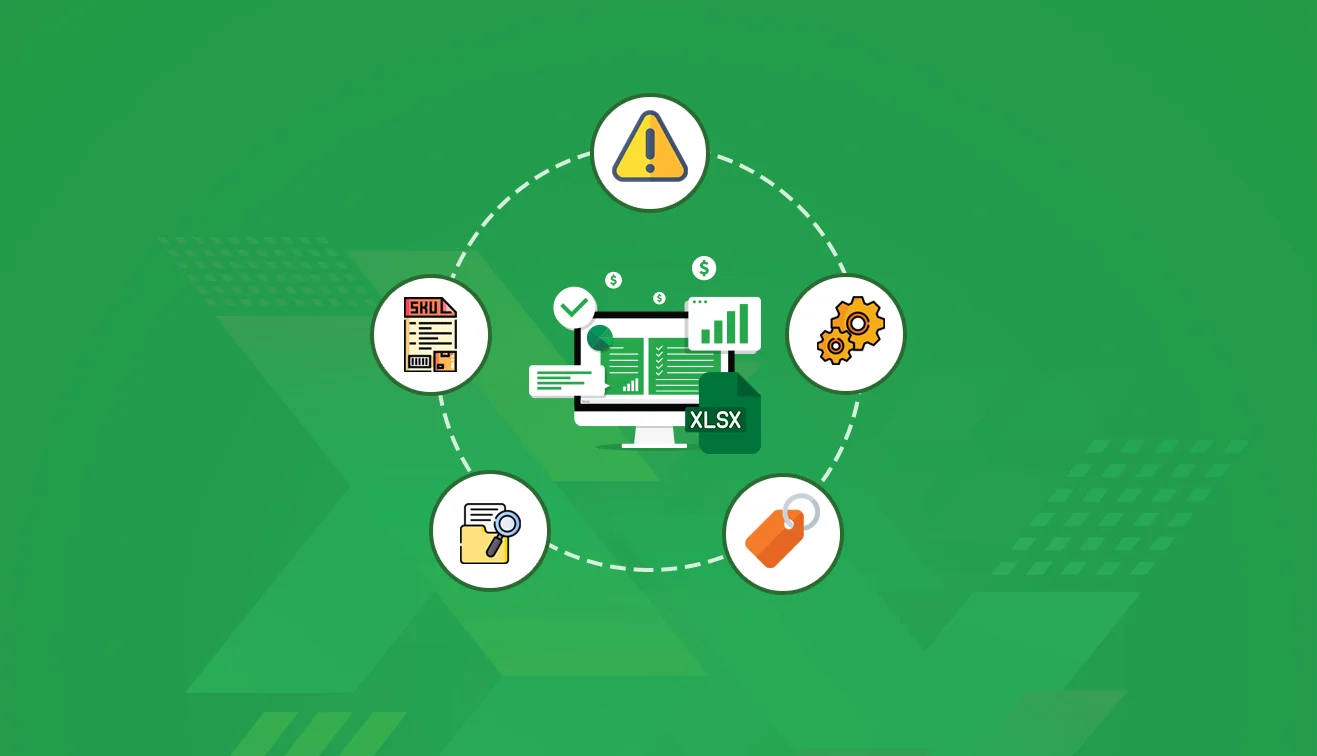

.jpg?w=3840&q=75)
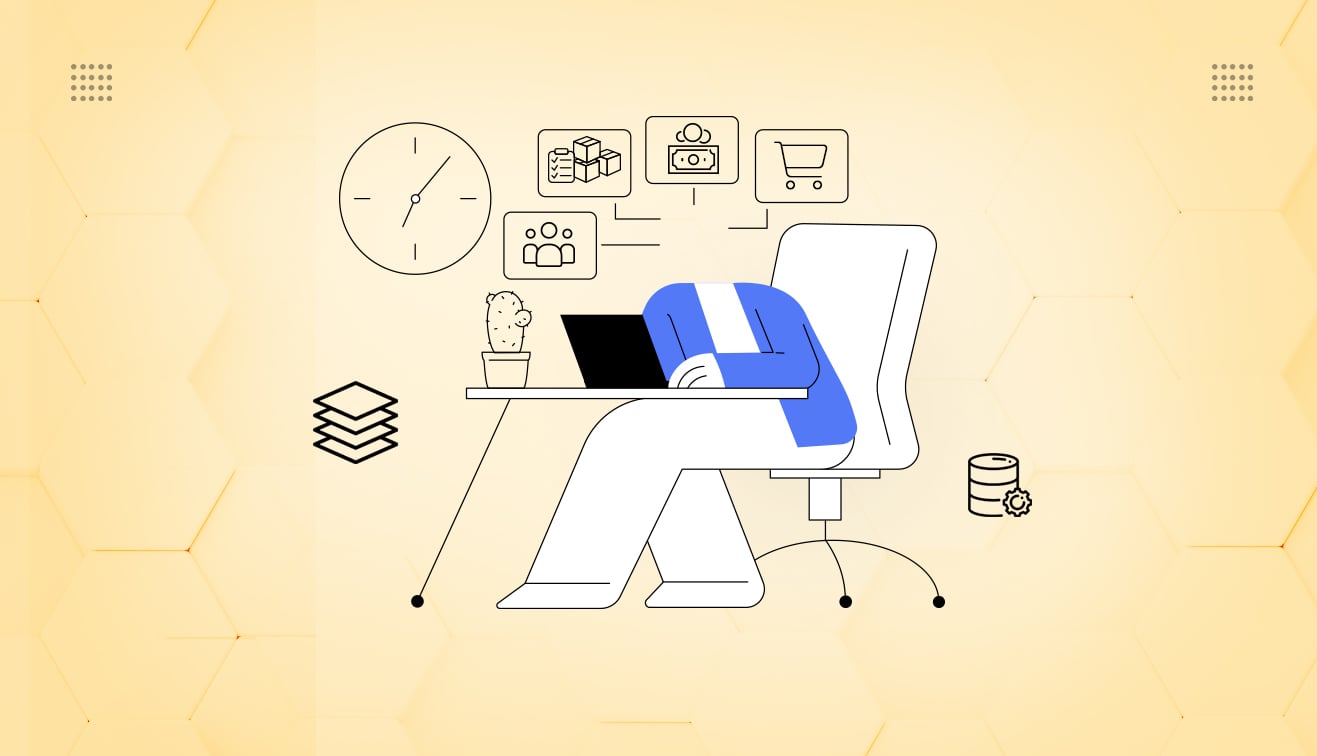

.png?w=3840&q=75)
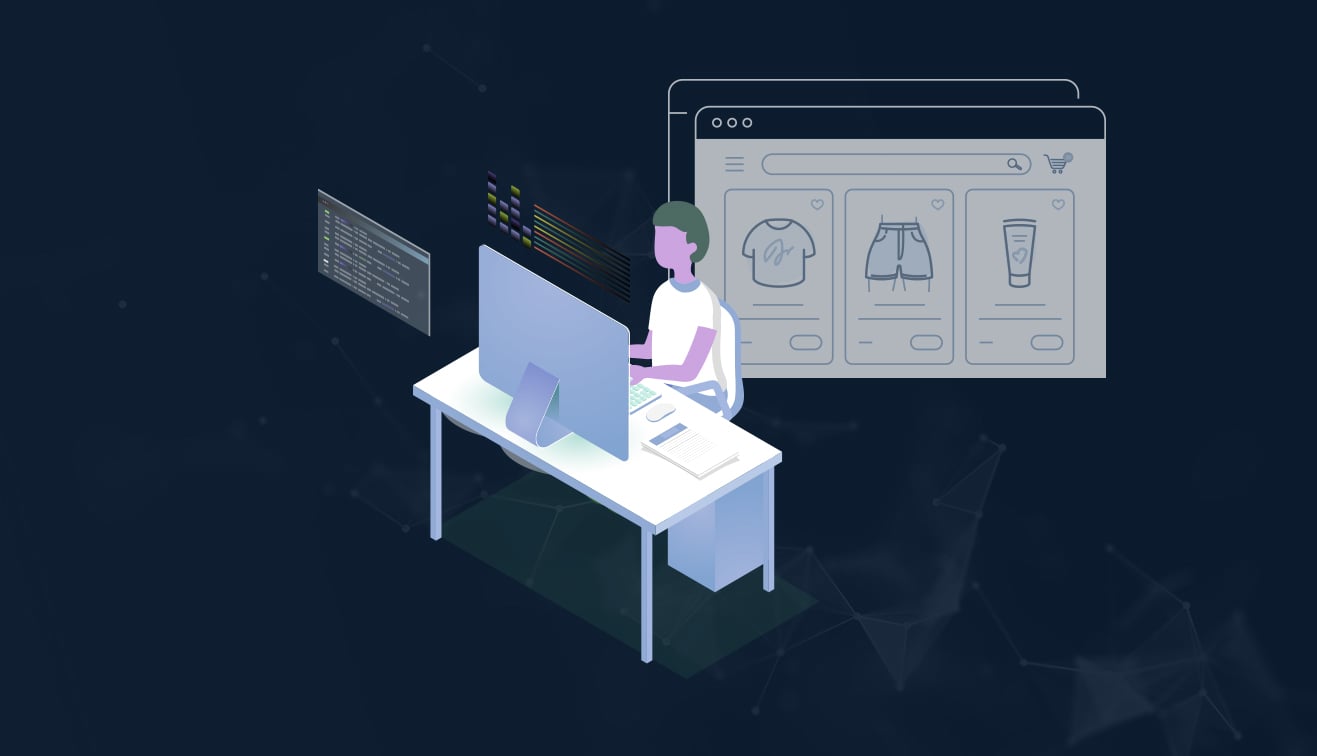
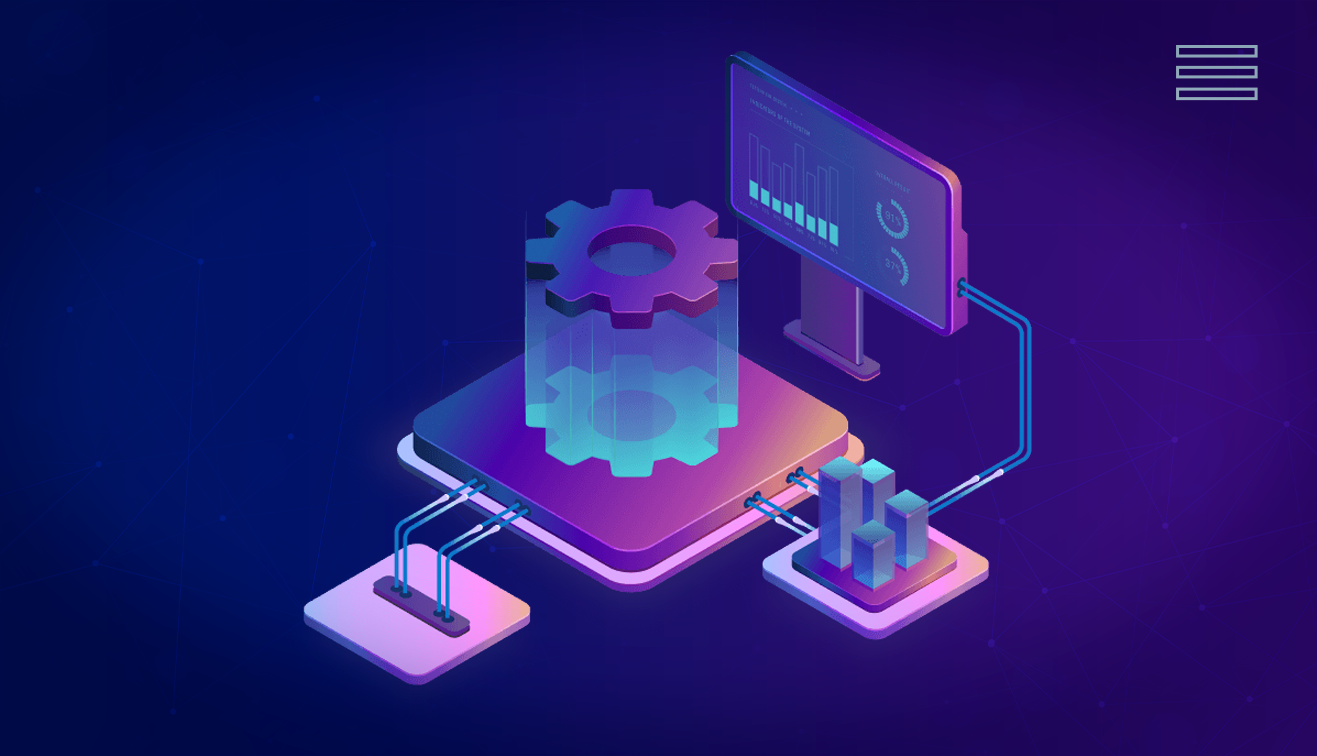






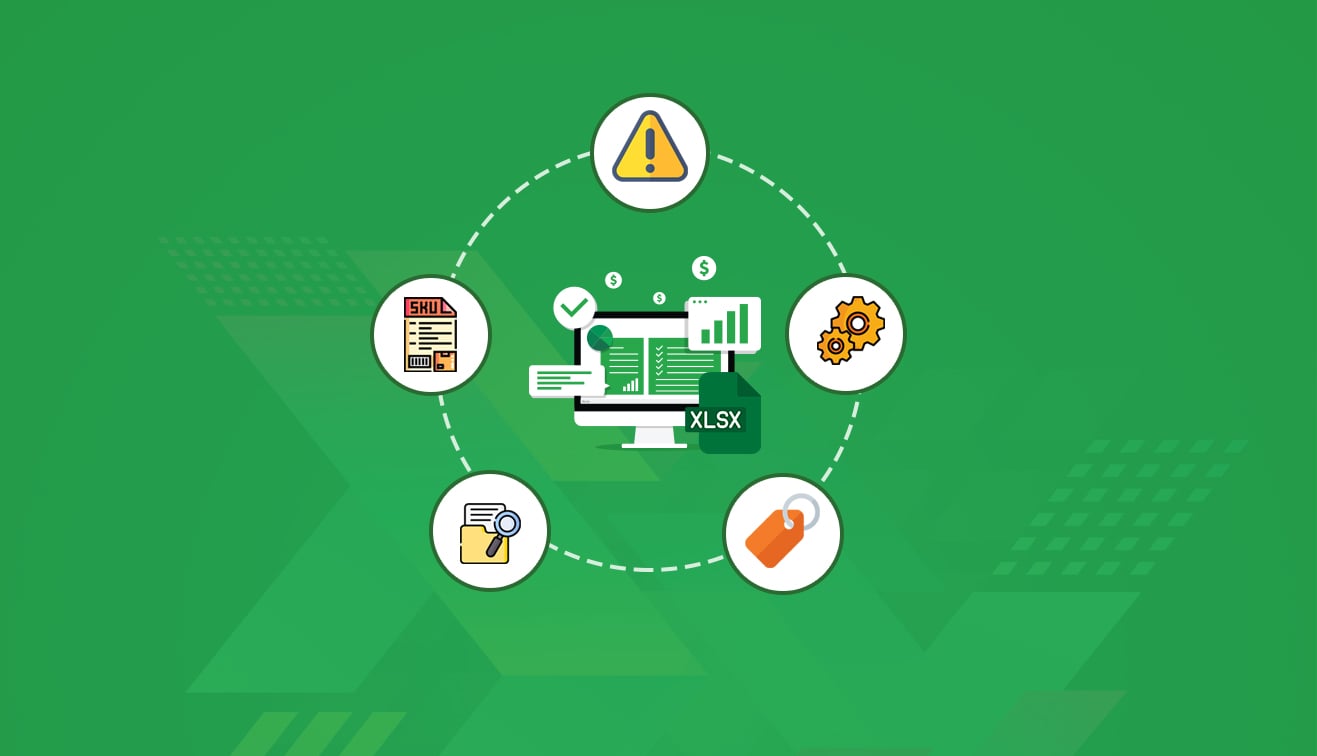


.jpg?w=3840&q=75)
